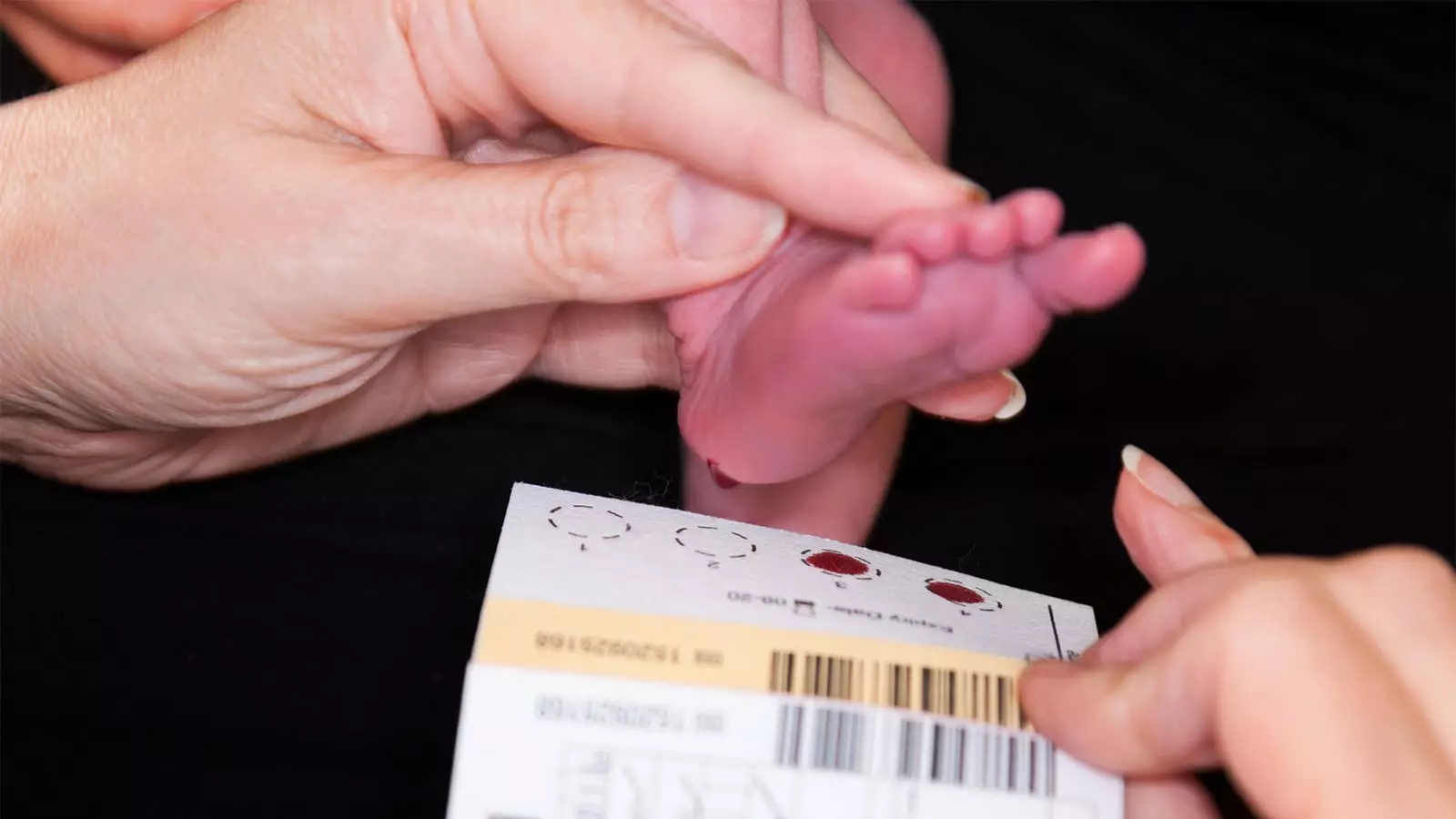The prevalence estimates for spinal muscular atrophy (SMA) have been revised based on data from newborn screening programs in the United States. According to the information provided by Lisa Belter, MPH, and colleagues, the prevalence of SMA in newborns is approximately one in every 14,694 babies. This is a significantly lower number compared to the previous estimate of one in 10,000. The data collected from newborn screening programs have provided a more accurate picture of the prevalence of SMA, as opposed to previous estimates that relied on various mechanisms such as carrier screening, small studies, and patient registries.
Importance of Newborn Screening
The widespread implementation of newborn screening for SMA in the U.S. since 2018 has been crucial in identifying cases of the condition early on. Early identification through screening allows for timely treatment initiation and improved motor development in affected infants. It also helps in identifying milder cases of SMA that may not manifest symptoms until later in life. Dr. Amanda Barone Pritchard emphasized the importance of genetic testing of the SMN1 gene in newborn screening to provide an effective way of determining the number of individuals born with SMA.
Significance of Prevalence Data
Accurate prevalence data on SMA can have important implications for healthcare resource allocation, planning future research in SMA care and treatment, and informing reproductive choices. The recommendation by medical organizations like the American College of Obstetricians and Gynecologists for carrier screening for SMA highlights the impact of such data on reproductive decision-making. By analyzing data on SMA newborn screening, research teams can gain insights into the birth prevalence of the condition and the distribution of cases across different states.
The research team from Cure SMA conducted a comprehensive analysis of SMA newborn screening data from 41 state public health labs. The study included over 6 million infants, with 425 confirmed cases of SMA. By calculating the national birth prevalence of SMA based on screening results, the researchers were able to assess the distribution of cases and identify states with higher or lower prevalence rates. The inclusion of SMN2 copy number data in the analysis also provided insights into the severity of the disease based on gene copies.
While the data collected from newborn screening programs offer valuable insights into the prevalence of SMA, the authors acknowledge certain limitations. The variations in data collection time points following statewide adoption of SMA screening may have impacted the accuracy of the results. Moving forward, continued monitoring of SMA prevalence through newborn screening programs and further research on the genetic factors influencing disease severity will be essential in enhancing our understanding of SMA and improving care and treatment strategies.
The revised prevalence estimates of SMA based on newborn screening programs provide a more accurate assessment of the burden of the condition in the U.S. This information is crucial for guiding healthcare resource allocation, research planning, and reproductive decision-making. By leveraging data from newborn screening, researchers can continue to advance our knowledge of SMA and work towards improving outcomes for individuals affected by the condition.


Leave a Reply